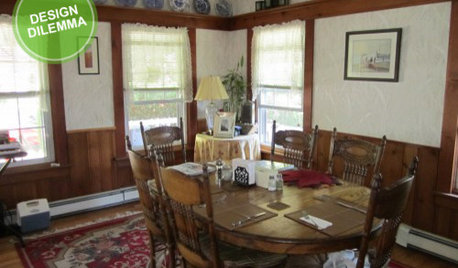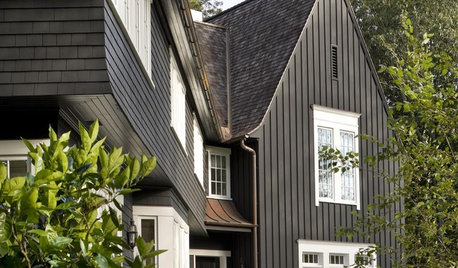Replacement for Austrian Black Pines?
TreeHouse157
12 years ago
Featured Answer
Sort by:Oldest
Comments (11)
Smivies (Ontario - 5b)
12 years agoRelated Professionals
Arlington Landscape Architects & Landscape Designers · Folsom Landscape Architects & Landscape Designers · Mountain Brook Landscape Architects & Landscape Designers · Redondo Beach Landscape Architects & Landscape Designers · Paradise Landscape Architects & Landscape Designers · Springfield Landscape Contractors · Brockton Landscape Contractors · Kearny Landscape Contractors · Lantana Landscape Contractors · Long Branch Landscape Contractors · Mastic Beach Landscape Contractors · Maywood Landscape Contractors · North Chicago Landscape Contractors · Wheat Ridge Landscape Contractors · Woodburn Landscape Contractorsken_adrian Adrian MI cold Z5
12 years agoedlincoln
10 years agoconiferjoy
10 years agoSmivies (Ontario - 5b)
10 years agoconiferjoy
10 years agopineresin
10 years agoconiferjoy
10 years agopineresin
10 years agoconiferjoy
10 years ago
Related Stories

GREAT HOME PROJECTSHow to Replace Your Lawn With a Garden
New project for a new year: Lose the turfgrass for energy savings, wildlife friendliness and lower maintenance
Full Story
Design Dilemma: Keep or Nix Knotty Pine?
Help a Houzz User Choose a Paint Color for a Cohesive Design
Full Story
FLOORSDrama’s Afoot With Striking Black Floors
Be bold. Be brave. Drench your floors in black for a memorable interior scene
Full Story
COLORWake Up Your Woodwork With Black
Strike a dramatic note with black window frames, shelves, stairs and more, making features stand out or blend in
Full Story
COLOR10 Pair-Ups for Black in the Kitchen
Combine black with other colors to add drama, polish and modernity. It also can make a kitchen look more spacious
Full Story
MOST POPULAR11 Reasons to Paint Your Interior Doors Black
Brush on some ebony paint and turn a dull doorway into a model of drop-dead sophistication
Full Story
BATHROOM DESIGN11 Smashing Black Bathrooms
Going dark in the bath amps up the drama and lets metallic finishes shine
Full Story
EXTERIOR COLORExterior Color of the Week: Bewitching Black
Think you’ve got what it takes to pull off this bold, trendy color choice for exteriors?
Full Story
KITCHEN DESIGN10 Smashing Black Kitchens
Looking for something different from an all-white kitchen? Think about going stylishly dark instead
Full Story
HOUZZ TOURSMy Houzz: Black and White Make a Dutch Apartment All Right
Graphic and creative touches give a 600-square-foot city rental chic style on a modest budget
Full Story









dcsteg